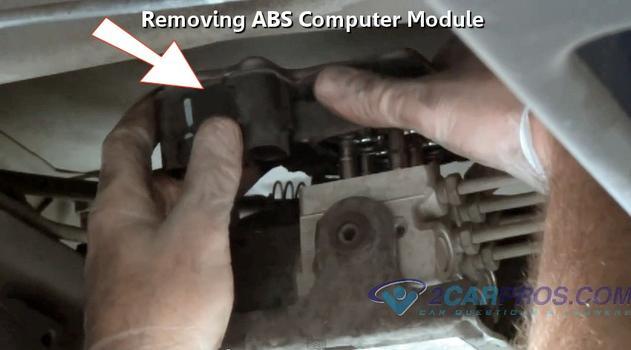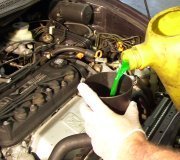Well, one of the circuits in the master cylinder may have failed -- which would mean that the master cylinder is toast. If the pedal travels a long way before the brakes start to work, that might indicate a problem with one circuit (front or rear) in the master cylinder.
There could be a problem with the flexible brakes lines near the wheels. As the brake lines age they swell internally, this reducing the flow of brake fluid until the brakes start to grab. Sometimes this will start the brakes binding even when your foot its off the brake pedal. When you use the brake pedal, fluid is forced through under pressure, and the brakes stay on when the pedal is released because the fluid is very slow to leak back up the blocked flexible line.
Try this test - remove each flexible line from the brake hub itself (one at a time) and see if fluid dribbles through the line (take the cap off the fluid bottle up front to make sure it can flow easily).
If there is only a tiny drip or no flow at all, try removing that flexible segment and see if the fluid then dribbles out the metal body line. If the flow is good, then the flexile line is bad and must be replaced. They are not too expensive and should be replaced every ten years or so anyway.
Friday, March 26th, 2010 AT 1:17 PM



